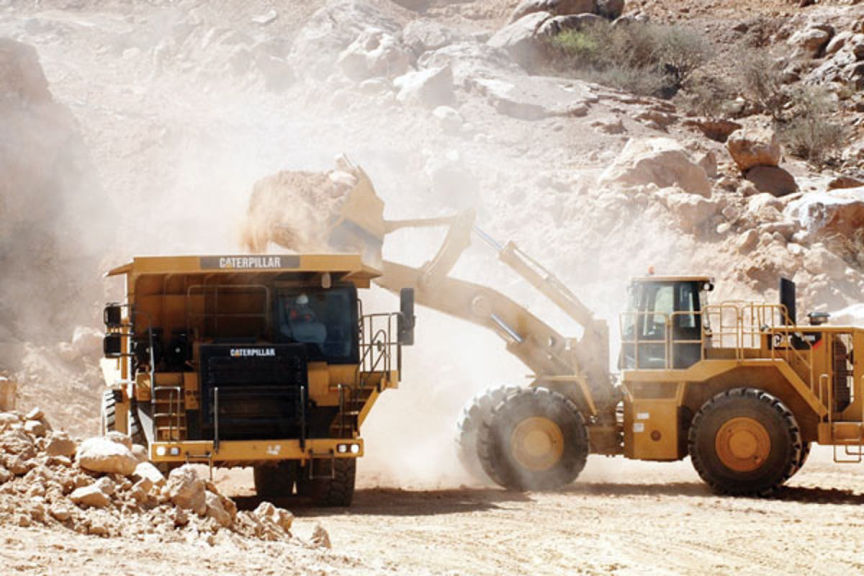PROJECT DESCRIPTION
Bubi Small scale miners Association in partnership with ZMDC has set up a Gold milling Centre (Bubi service Centre) in the Bubi Area of Matabeleland North province. The service Centre was launched by Government of Zimbabwe in July 2018. The Reserve Bank of Zimbabwe (RBZ) provided the required funding for the project.
Project Operational Status
Bubi Milling Centre is fully opertional with about 10 small scale miners in the area having already received capacitation in the form of services and equipment. The CIP for Bubi milling Centre is expected to come online during the course of 2021 to improve and increase processing yields.
Location
The blocks are located 17km west of Dete cross roads off Inyantue river or south of Hwange Colliery
in Matabeleland North Province.

Physiography
Generally, the area receives high rainfall and is generally warm. Alaska can access water from the Angwa River. The Angwa and its west flowing tributaries, the Ridiwi. Mungamwa and Chimengsa all become a series of pools towards the end of the dry season.
Regional Geology
The country around Dete comprises a central Precamrian inlier of the Zambezi Metamorphic belt, bounded to the north by downfaulted Karoo sediments of Carboniferous to Triassic age and to the south by unconsolidated Kalahari Sands of Tertiary age. Within the Inlier, four NE trending metamorphosed and highly deformed supracrustal units occur, the Malaputese, Inyatue, Tshontanda and Kamativi formations. These are basically metasediments of upper-amphibolite-facies metamorphism. The composition is basically garnetiferous mica schists, with some andalusite, veined with garnet-tourmaline-mica pegmatites. Large, shallow-dipping discordant sheets of lithium- and tin-bearing pegmatites occur and have been mined at 3 centres along the Kamativi belt.
The tin bearing pegmatites of the Kamativi Field occur in a schist belt which strikes E, NE. The pegmatites, which intruded into the country rock, are of two ages groups. The Tourmaline pegmatites, rich in black tourmaline but devoid of tin are the older. They dip steeply at angles of +70 degrees. The tin bearing pegmatites, which are the youngest rock type in the basement series, can be structurally divided into three types. The tin bearing pegmatites are further classified as lithium bearing, none and low bearing lithium. The region remains very prospective and holds promise of yielding fresh resources amenable to opencast or shallow underground mining.
The geology of the area and in the Sections 6, 7 and Chingahari of the Kamativi mine deposit, is well defined, massively mapped and highly worked on since 1920 and was found to be well understood for any future mining and processing operations by investors. Overall Kamativi Tin Deposit geology and mineralogy, pose a distinct business opportunity with its huge tin, tantalite and allied resources at five different geographic locations: Kalinda, Kamativi, Lutope, Kapata, and Elbas coupled with current favourable commodity prices viewed on the markets.
